The Cures Act: Increased Patient Portals Access Raises Concerns for Patients
The Cures Act revolutionizes the speed and ease patients have to access their electronic medical records, ushering in both beneficial and adverse consequences. This comprehensive four-part series delves into the intricate implications of this legislation for legal professionals.
Comperio Legal Services provides skilled attorneys the electronic medical record analysis and expert witnesses they need to win. To learn more about how this legislation impacts your case, schedule your FREE, no-obligation case consultation today.
Introduction
The 21st Century Cures Act sought to promote improving patient care by sharing electronic health information (EHI). An added provision of the restriction of “information blocking,” a practice that impeded EHI’s easy access, sharing, or use, was one of its most important features. While the Cures Act did not specifically mention patient portals, it set the stage for changes in how patients may use them (Dworkowitz, 2022). This article will be focusing on the role of patient portals in healthcare today and their potential impact on health law and medical malpractice attorneys.
The Evolution of Patient Portals
Patient portals allow patients to access their personal health information online and have become an important part of the patient experience in healthcare. Traditionally, patients had requests for copies of their medical records in person, by mail, or over the phone for which healthcare providers must respond to the request within 30 days under the Health Insurance Portability and Accountability Act (HIPAA) of 1996 (Dworkowitz, 2022). However, following the Health Information Technology for Economic and Clinical Health or “HITECH” Act that was part of the 2009 American Recovery and Reinvestment Act (ARRA), the health technology environment began to shift toward quicker and more accessible data transmission with the rapid expansion of electronic medical record (EMR) software and the introduction of patient portals to engage patients in their health care.
The subsequent information blocking regulation released by the Office of the National Coordinator for Health Information Technology (ONC) provided the basis for this change, even though the Cures Act did not specifically reference patient portals. The ONC wanted a framework in which EHI would be transferred electronically, which encouraged healthcare providers to improve their patient portals. ONC stated that any “delay in making EHI available through a ‘patient portal’ or an application programming interface (API) for patients could constitute an interference and thus implicate the information blocking regulations” (Dworkowitz, 2022).
The Impact on Patient Portal Access
Healthcare providers, through their EMR systems, increased the amount of information allowed to be accessed by patients through a patient portal in response to the information blocking regulation. Patient portals have grown considerably to include a wide variety of information, enabling patients to actively participate in their healthcare decisions. This includes the ability to schedule appointments, exchange secure messages with their care team and access a considerable portion of their clinical chart including provider notes, lab results, prescription lists, vaccination records, and more. In the ONC’s interpretation of the Cures Act, the patient’s entitlement to prompt access to their data is emphasized and patient portals have become the primary instrument to fulfill this duty.
Providers’ Obligations and Challenges
Complying with the information blocking law and its language on patient portals has generated concerns for healthcare providers. The most notable concern centers on the risk of harm and negative psychological effects on the patient with respect to immediate data sharing. While rapid access to health information is essential, some medical test findings may need to be interpreted and placed in perspective by a doctor to prevent unwarranted anxiety or confusion among patients. Consider an abnormal lab result may not be clinically significant to the patient but the “abnormal” association may induce worry or fear if the provider has not been able to address the result in the context of the patient’s overall health. Conversely, consider the impact of a cancer diagnosis described in a diagnostic test result that a patient reads before their oncologist can discuss their prognosis or potential treatment options. The “preventing harm exception” recognized under the information blocking regulation gives providers the right to withhold information if in their judgment a release of information may risk someone’s life or physical safety.
The second issue is a legal one that results from the information blocking rule’s interaction with current privacy rules (Dworkowitz, 2022). Providers have to find a balance between protecting any important or sensitive data with the rights of patients to access their health information. Traditionally, therapeutic notes from a psychiatric session have long been considered sensitive with special approvals required to release to consenting patients. The same situation is more complex legally when a minor is involved. Deciding what information should be disclosed to parents and guardians while still upholding a minor’s confidentiality is a challenge as EMRs don’t provide the functionality to allow a provider to select portions of their note for release—it’s all or nothing. Further, a provider typically would not see what parent or caregiver can access the minor’s information from their interaction with the EMR system, adding more uncertainty.
The third issue is a practical one as healthcare practitioners struggle with the choice of which records to post to patient portals. Providers have manual control over a limited amount of information that is released to patients, most commonly their clinical notes. Most health systems after the Cures Act provide a policy directive, which guides providers through various scenarios that information can be released or withheld and still comply with the regulation. Depending on the health system’s overarching stance, a provider may toggle the release or withholding of their notes from the default position set in the EMR. Providers should be educated regularly on information blocking by the affiliated health system that provides them with EMR access and should seek clarification from their quality or health information management department to guarantee they are complying with the information blocking rules and protecting the effectiveness of their work when confronted with doubt.
The Future of Patient Portals
Enforcement of the information blocking regulation begins September 1st, 2023 and any break of the rule before that date will not have a penalty (OIG, 2023). This update came right after setting the final rule, which stated that “If OIG determines that an individual or entity has committed information blocking, they may be subject up to a $1 million penalty per violation.” Healthcare providers should prepare for inevitable regulatory authorities’ inspection and enforcement. Investigations of complaints made against providers, particularly those involving patient portals, may be conducted (Dworkowitz, 2022).
With this recent development and updated timeline for the beginning of the investigation, the OIG also released a guideline for their inspection process. This process starts with a formal complaint about information blocking, where the OIG then will use their “enforcement priorities” in order to properly assess their complaint pool for legitimate claims (OIG, 2023). After rejecting claims due to lack of standing, a case will be opened to allow investigators to begin gathering facts, conducting interviews with important parties, and filing document requests that are needed to clarify information (OIG, 2023). During this process, OIG investigators may reach out to the ONC to help with any facts surrounding information blocking. The investigation process may conclude that no offense occurred and close the case or send a notice to defending party and allow for a response before arriving at a decision and possible punishment to the entity, which is appealable to the OIG.
Seizing the Opportunity
The combination of legal strategy and the use of technology has created opportunities for savvy attorneys to gain an advantage over opposing counsel in medical malpractice cases. The accepted practice of acquiring medical records on behalf of a customer entails expensive, unpredictable costs of a per-page pricing scheme, as well as protracted waiting times that range from days to weeks. A single hospitalization short-term may produce thousands of pages of largely redundant or duplicated clinical information, adding significant research and financial burden on the case assessment step. In contrast, the rise of patient portal access presents easy, on-demand access for attorneys to vital medical records through client-delegated access enabling a focused review of key information even before filing suit. This digital-first approach attorneys can take will fundamentally change the effectiveness and accessibility of the legal process as the adoption of this practice grows.
We Help You Navigate
Do you have an expert understanding of the risk posed by the electronic medical records in your case? Discover the truth. Schedule your FREE, no-obligation case consultation today.
Stay up-to-date with the latest industry updates by signing up for Comperio’s monthly newsletter.




